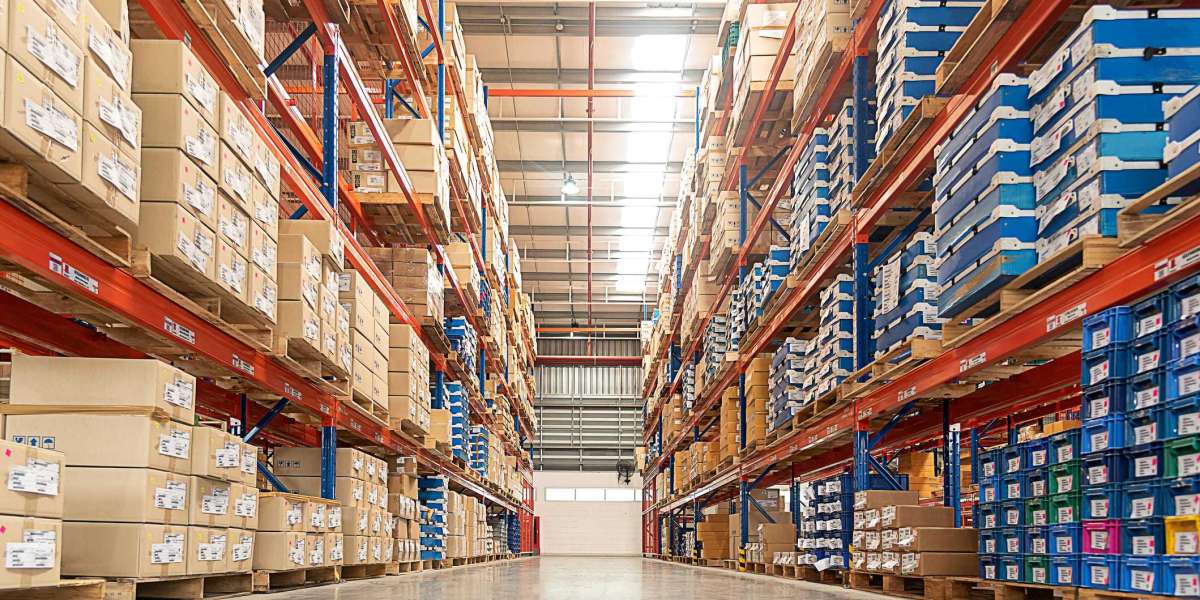Line Haul refers to the long-distance movement of freight between transportation hubs, warehouses, or distribution centers. It plays a crucial role in logistics and supply chain operations, ensuring the efficient transport of goods over regional, national, and international routes. Line haul can involve trucks, trains, ships, or airplanes, optimizing delivery speed and cost-effectiveness.
What is Line Haul?
Line haul is the intermediate stage of transportation where goods move in bulk over long distances before reaching final distribution points. It differs from last-mile delivery, which focuses on delivering products directly to customers.
Key Characteristics of Line Haul Transportation:
✅ Covers long distances – Typically between cities, states, or countries.
✅ Moves large volumes of freight – Involves trucks, trains, or cargo planes.
✅ Optimized for efficiency – Uses route planning and freight consolidation.
✅ Integrates with supply chain networks – Connects manufacturers, warehouses, and retailers.
✅ Cost-effective for bulk shipments – Reduces per-unit transportation costs.
Types of Line Haul Transportation
1. Trucking (Road Line Haul)
- The most common form of line haul transportation.
- Uses full truckload (FTL) and less-than-truckload (LTL) carriers.
- Ideal for regional and national freight movement.
2. Rail Transport
- Efficient for heavy or bulk goods like coal, steel, and agricultural products.
- Lower cost compared to trucking for long distances.
- Environmentally friendly with reduced carbon emissions.
3. Air Cargo
- Fastest mode of long-distance freight transportation.
- Used for high-value, perishable, or time-sensitive shipments.
- More expensive than road or rail transport.
4. Maritime (Ocean Freight)
- Best for international and bulk cargo shipping.
- Handles large freight loads at a lower cost per unit.
- Slower compared to air transport but more economical.
Key Benefits of Line Haul Transportation
1. Cost Efficiency
- Reduces overall transportation costs by consolidating shipments.
- Lowers fuel consumption per unit of freight.
2. Faster Delivery Times
- Uses direct and optimized routes to improve transit efficiency.
- Often runs on scheduled services to ensure timely deliveries.
3. Increased Freight Security
- Shipments are handled less frequently, reducing the risk of damage or theft.
- Advanced tracking systems ensure real-time freight monitoring.
4. Supports Supply Chain Optimization
- Ensures smooth integration between manufacturing, distribution, and retail.
- Helps businesses meet demand fluctuations efficiently.
Challenges in Line Haul Operations
1. Fuel Costs Environmental Impact
- Fluctuating fuel prices affect profitability.
- Solution: Use alternative fuels, electric trucks, and optimized routes.
2. Traffic Infrastructure Limitations
- Road congestion and poor infrastructure can cause delays.
- Solution: Invest in real-time route optimization and multimodal transport.
3. Regulatory Compliance
- Different countries and states have varied transport regulations.
- Solution: Ensure compliance with international and local transport laws.
4. Shortage of Skilled Drivers
- Driver shortages impact the efficiency of road-based line haul.
- Solution: Use autonomous trucks and driver training programs.
Future Trends in Line Haul Transportation
1. Automation AI in Freight Management
- AI-driven route optimization and predictive analytics.
- Autonomous trucks and drones for long-haul logistics.
2. Sustainable Line Haul Solutions
- Shift towards electric and hydrogen-powered freight vehicles.
- Increased use of rail transport to reduce carbon footprint.
3. Blockchain Digital Freight Tracking
- Improves transparency and security in freight management.
- Reduces paperwork and enhances supply chain visibility.
4. Hyperloop High-Speed Freight Transport
- Future developments in high-speed rail and hyperloop could revolutionize line haul.
- Faster delivery with reduced environmental impact.
Conclusion
Line haul transportation is a critical component of global supply chains, ensuring efficient and cost-effective movement of goods over long distances. With technological advancements, sustainability initiatives, and automation, the future of line haul logistics is set to become even more efficient, eco-friendly, and integrated with modern supply chain networks. Businesses that embrace smart logistics solutions will gain a competitive edge in an increasingly fast-paced and interconnected world.











